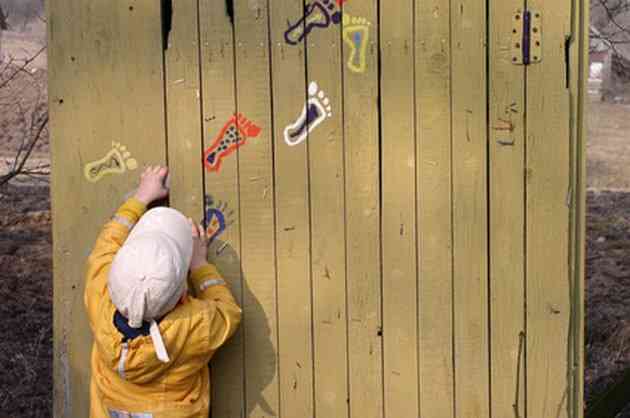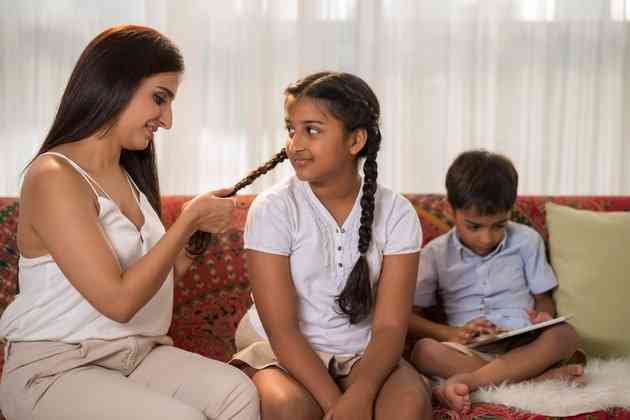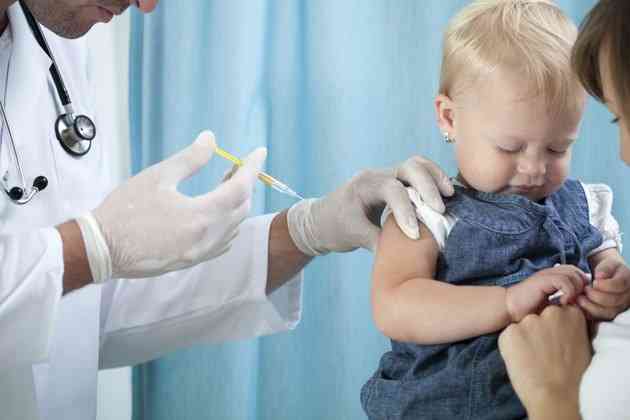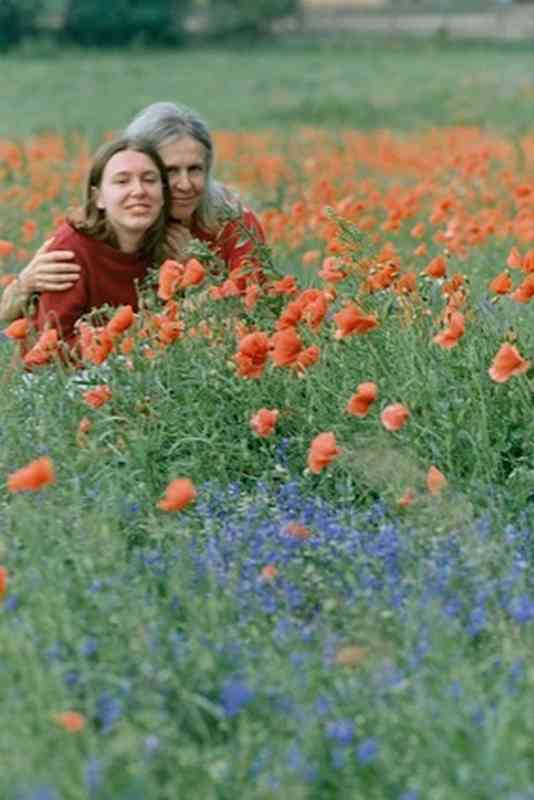Child Development Stages From Birth to 7 Years

Children develop rapidly from birth to seven years, progressing from totally helpless infants to individuals who can think, speak and solve problems. Knowing the stages of child development can help you understand their needs and behaviors and provide appropriate learning opportunities and activities. Not all children develop at the same rate, and some children have developmental delays, so these stages should be seen only as guidelines.

Birth to Three Years
Between birth and three years, most children will master crawling, walking and running. By the end of this period, your child should be able to feed himself, use crayons to make rudimentary drawings and manipulate things like blocks and simple puzzles. He should be able to throw a ball and is probably ready to master toilet training.
In infancy, your child cries and grunts to make his needs known. His language skills will develop over the next three years. By one year, he should be able to use single words and name familiar objects. By two years, he can probably use simple sentences and follow directions when he wants to. By age three, your child should have a good vocabulary and be able to speak in more complex sentences.
Important social development takes place during this stage. Children bond with their caregivers and learn to trust. They also learn that they are separate, independent beings from their caregivers. This can lead to the frustrating behavior often known as the "Terrible Twos," as toddlers question their parents frequently and try to assert their independence through tantrums. During this stage of development, your child will learn to take turns, play next to other children and be patient--though the ability to wait or sit still for long periods of time may not be present for a few years. By the end of this stage, he may be ready to play with other children, engaging in pretend play and simple games.
Three to Five Years
Between three and five years, your child will master the ability to use a pencil. Her drawings will be crude but contain recognizable shapes and figures, and she may be able to copy letters and numbers. She should be able to dress herself, be fully toilet-trained and able to pedal a tricycle or a bicycle with training wheels.
Her vocabulary will really take off during this stage, and she will learn to use past tense and future tense: Whereas a three-year-old might say "We go to the store" upon returning home, a five-year-old can correctly relate that you "went to the store."
At this stage, your child is getting better at sharing toys and playing in groups with other children. She will enjoy pretend play and begins to understand different roles in society, such as mommy, teacher and baby. She also starts to understand the difference between right and wrong and will feel bad if she breaks the rules.
Five to Seven
From ages five to seven, your child may seem to be going through a "wiggly" stage. Kids this age often have trouble being still, and they may seem a bit clumsy and uncoordinated. This is the stage in which your child may learn to master large motor skills like riding a two-wheeled bike or roller-skating, and fine motor skills such as writing legibly and tying shoes.
Kids this age tend to be very social, breaking off into groups clearly divided by gender and forming friend groups based on shared interests. Despite their drive to make friends, they may also be prone to tattling. They're starting to grasp what rules really mean and may demand that everyone follow them. At the same time, the child may be reluctant to accept responsibility when he breaks the rules. Children this age are capable of being polite and may be very outgoing.
Cognitively, your child will likely learn to read and do simple math computations. His grasp of language is expanding and he begins to understand sarcasm and idioms. He's beginning to use reasoning to solve problems, rather than relying on known facts or other people to decide what to do.




